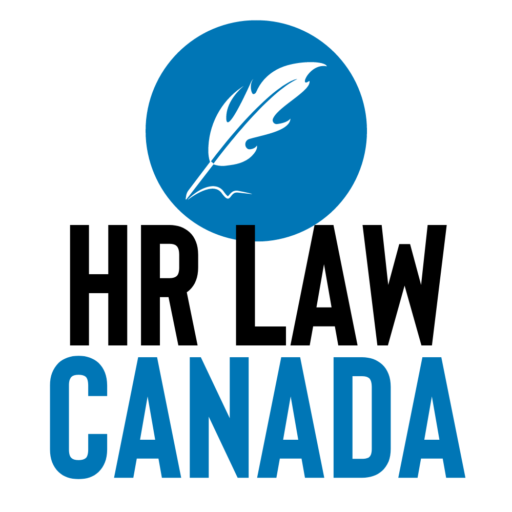A 41-year-old automotive production worker who sustained multiple injuries in two separate workplace incidents has been granted entitlement to benefits for exacerbated migraines and loss of earnings (LOE) for specific dates.
The worker, who suffered injuries in December 2018 and July 2019, had previously been denied benefits for migraine headaches and full LOE benefits for two days in October and November 2021.
The case before Ontario’s Workplace Safety and Insurance Appeals Tribunal (WSIAT), which involved complex medical evaluations and claims, was centered around whether the worker’s migraine headaches were a consequence of a workplace accident in December 2018 and if the worker was entitled to LOE benefits for the two specific days under the December 2018 accident claim.
What happened
In December 2018, the worker, then 39 and employed as an automotive production worker, experienced a significant workplace accident. While performing her duties, she was unexpectedly struck from behind by a tow motor. This incident resulted in multiple injuries, including sprains and strains to her left hand, forearm, elbow, and arm.
Initially, these injuries were recognized by the Board as resolvable, and by March 2019, it was determined that they had healed.
However, the worker’s ordeal was compounded by a subsequent incident in July 2019. During this second event, while engaged in the task of pushing and pulling a dolly loaded with car parts, she sustained additional injuries.
These included sprains and strains to his neck, left shoulder, elbow, forearm, and wrist. Despite these injuries, the worker continued to perform modified duties at her workplace. Over time, it became apparent that the consequences of these accidents were more severe and enduring than initially thought.
The worker was diagnosed with complex regional pain syndrome (CRPS) specifically affecting her left hand and forearm, a condition that led to prolonged pain and discomfort.
Claim initially rejected
Initially, the worker’s claims were rejected by the Appeals Resolution Officer (ARO), who found no causal link between the workplace injury and the migraine headaches. However, upon appeal, the tribunal reviewed extensive medical reports and testimonies.
Significantly, the worker’s claim was not based on a direct head or neck injury but on the assertion that her CRPS, which was acknowledged as a work-related condition, led to more intense and frequent headaches. Various medical specialists provided opinions supporting the link between CRPS and the exacerbation of the worker’s pre-existing migraine condition.
Regarding the LOE benefits for the two days in 2021, the tribunal recognized the worker’s reliance on medical advice from treating physicians indicating total impairment due to CRPS flare-ups, despite the lack of objective clinical findings.
“In general, the Tribunal’s approach is that the worker is allowed to rely on the advice of treating physicians,” it said in the ruling. “The worker relied on this advice and the employer does not dispute it.”
As a result, the tribunal concluded that the worker’s pre-existing migraine condition was indeed worsened by the workplace accident and that she was entitled to full LOE benefits for the two contested days.
It also said the worker has entitlement to benefits for an “exacerbation of a pre-existing migraine condition, as causally linked to her CRPS.”
For more information, see Decision No. 728/23, 2023 ONWSIAT 1490 (CanLII)





